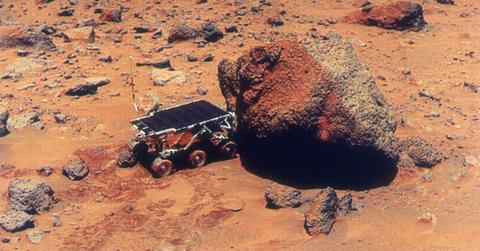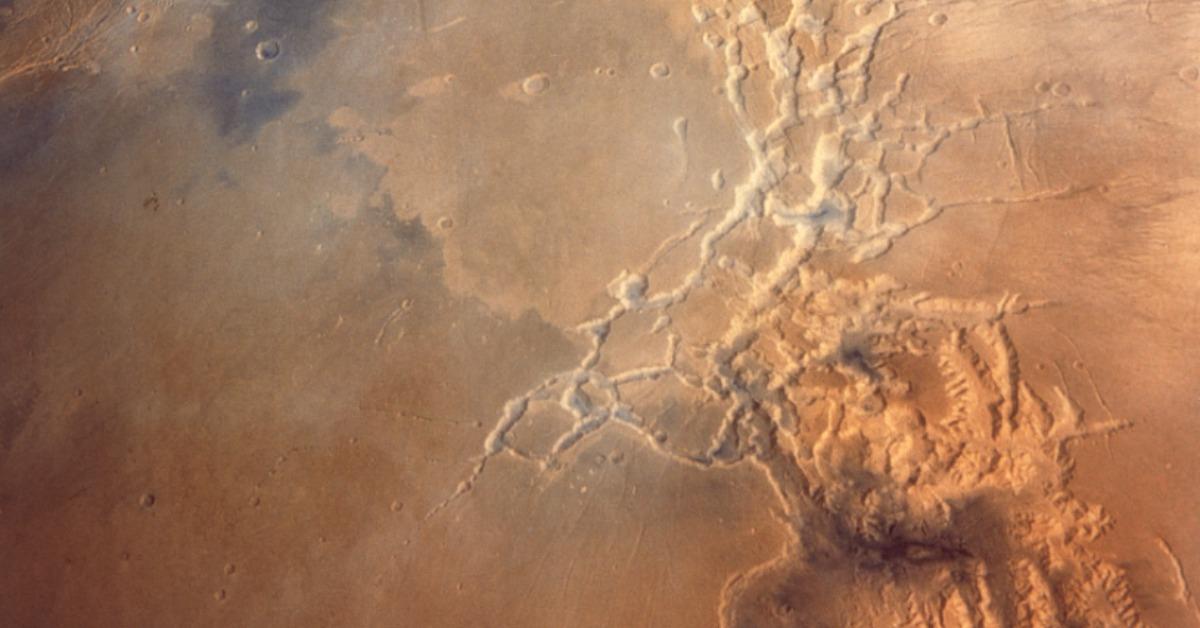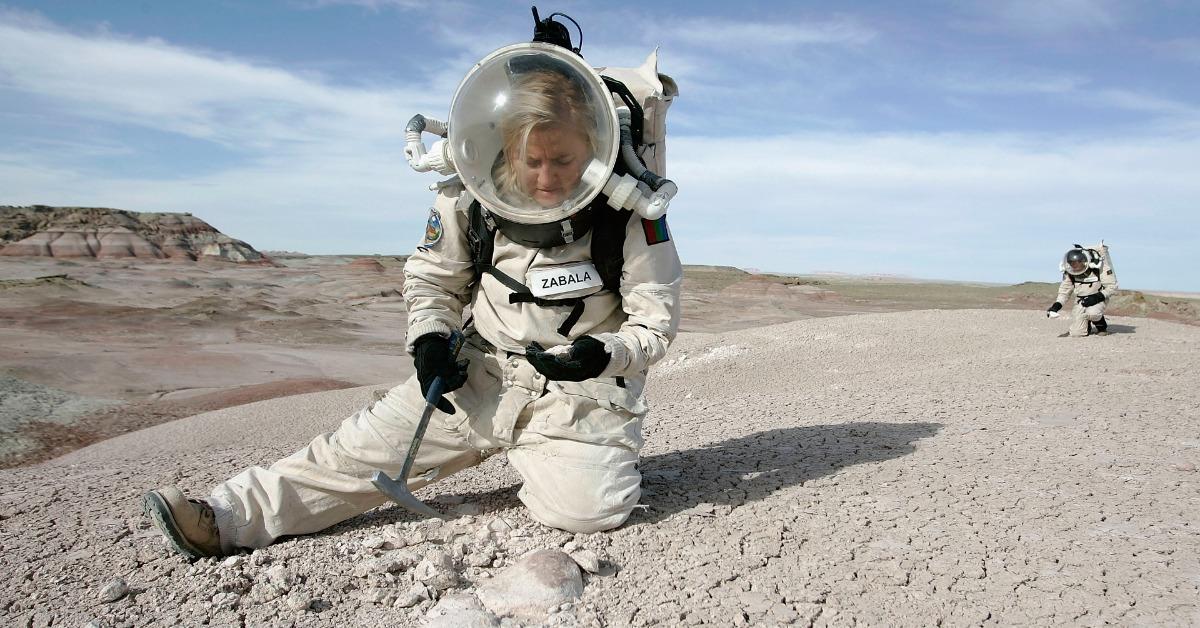Scientists Claim That a Mixture Involving Astronaut Blood Could Be Vital to Colonizing Mars
Published Sept. 16 2021, 5:11 p.m. ET

The prospect of colonizing Mars has captivated people ever since space travel became a plausible human endeavor. Our neighboring planet has long been the subject of curiosity, and everyone from the nation's top scientists to Elon Musk has speculated on what it would take to build a colony on Mars.
While the notion of a Martian colony conjures visions of futuristic buildings, wild technological developments, and everything else from a sci-fi movie, the facts are less grand. Scientists claim that one of the key elements to building on Mars exists within every single one of us: blood.
That may sound unsettling, but there is some solid science to back the theory. Keep reading to find out how astronaut blood can be used to make concrete for a future Martian colony.

Astronaut blood, urine, sweat, and tears may be the key to making concrete on the surface of Mars.
One of the biggest obstacles for building on Mars would be the transportation of earthly building materials to the red planet. It would require countless starships, a massive crew, and an unfathomable amount of money. So, researchers began looking into non-Earth materials for building these structures.
What they found was shocking. According to Space.com, bricks strong enough to build structures could be made by combining Martian soil and a protein found in human blood and a compound found in human sweat, tears or, urine: urea.
Per a statement from Aled Roberts, a researcher at the University of Manchester, ENG., regular building materials wouldn't cut it on Mars, and the answer could have been inside us all this time.
Aled and fellow researchers at the university took human serum albumin (HSA), a commonly-found protein in blood plasma, and mixed it with simulated Martian soil. The HSA acted as a binding agent to create a hard substance potentially rivaling traditional concrete.

The researchers also found that adding urea to the HSA and Martian soil mix resulted in a binding solution stronger than concrete, making it perfect for the harsh conditions on Mars. This opens the door for new possibilities when it comes to building quickly on Mars.
"If HSA-ERBs were utilized as a mortar and combined with a sandbag-based construction method, our calculations suggest that each crewmember — over the course of a 72-week Mars mission — could produce enough HSA to construct habitat-space to support an additional astronaut," the scientists wrote in a new study. "This could allow the steady expansion of a nascent Martian colony."
The process does raise ethical questions as the constant building would require collecting blood and various other excrement samples from humans on a daily basis.
"Despite this, we believe that HSA-ERBs could potentially have a significant role in a nascent Martian colony, but will eventually be superseded by versatile bioreactors or other technologies as they mature," added the research team in their report.